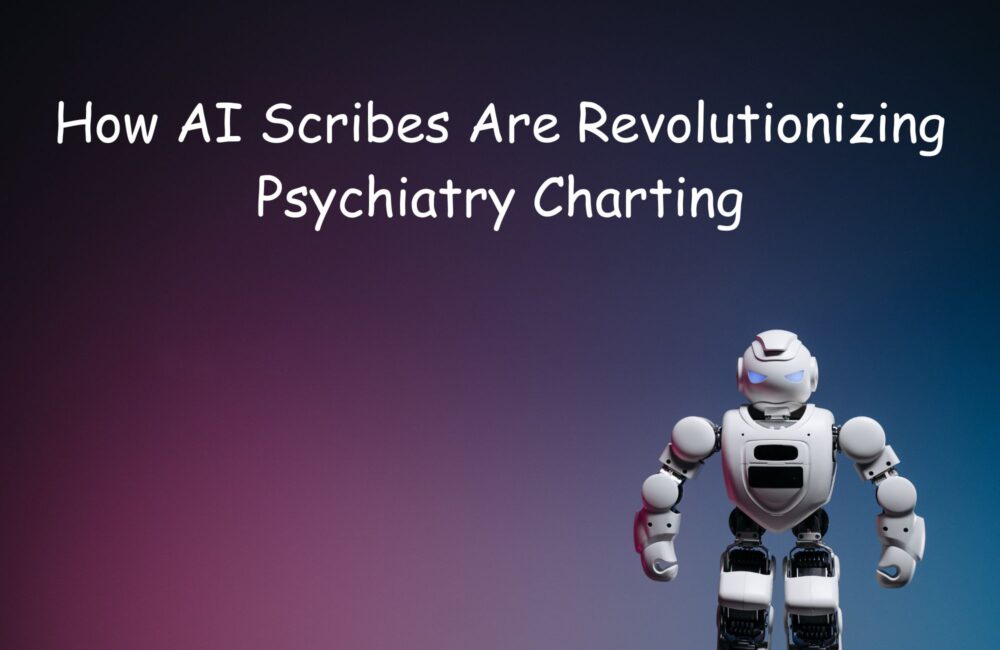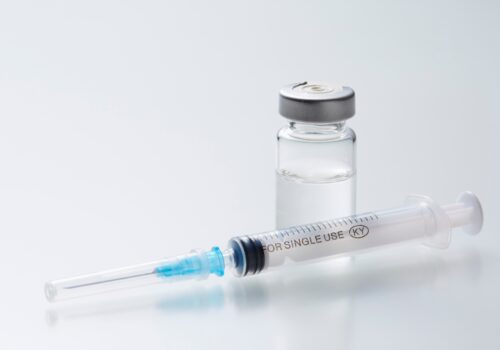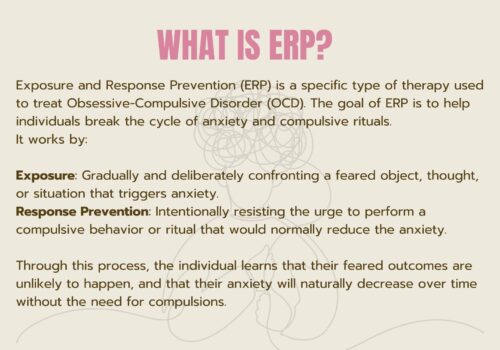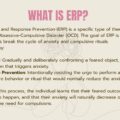Psychiatric practice is inherently demanding, requiring clinicians to meticulously document complex patient interactions, detailed mental status examinations, and comprehensive treatment plans. Unfortunately, extensive documentation often leads to burnout among psychiatrists. Charting tasks that spill over into personal hours negatively impact work-life balance, reducing overall job satisfaction. Introducing an AI scribe for psychiatry can be transformative, significantly cutting charting time and restoring balance.
The Charting Crisis in Psychiatry
Psychiatric documentation is uniquely complex. Unlike other specialties, psychiatry notes must capture subjective narratives, nuanced patient interactions, mental status evaluations, and risk assessments. Clinicians often spend hours after patient appointments completing charts, significantly contributing to burnout. A recent study indicated psychiatrists spend approximately two hours on administrative tasks for every clinical hour, highlighting the dire need for streamlined documentation.
What is an AI Scribe for Psychiatry?
An AI scribe for psychiatry is an advanced tool designed specifically for the psychiatric field. Unlike generic transcription services, these AI scribes utilize sophisticated large language models (LLMs) to generate psychiatric notes. They not only convert spoken words into accurate, structured documentation but also intelligently format notes according to psychiatric best practices and guidelines.
How AI Scribes Reduce Charting Time
Real-time Documentation
An AI scribe for psychiatry operates in real-time, listening actively during patient interactions and creating immediate documentation drafts. This real-time approach means psychiatrists can review, edit, and finalize notes quickly, often immediately after the session concludes, drastically reducing after-hours charting.
Precision and Psychiatric Nuance
Psychiatry-specific AI scribes are equipped with advanced algorithms capable of capturing critical psychiatric details -mental status examinations, patient mood, affect, thought processes, and even subtle nuances like hesitations or emotional cues. This precision significantly reduces the need for extensive note revisions, enhancing accuracy and reducing time spent editing.
Flexible Templates and Customization
Modern AI scribes offer customizable templates for common psychiatric note formats, such as SOAP, BIRP, and DAP notes. Psychiatrists can effortlessly integrate their preferred documentation style and formatting standards, allowing for streamlined workflows and rapid note completion.
Improved Efficiency and Reduced Burnout
The efficiency gains from implementing an AI scribe for psychiatry are tangible. Clinicians report cutting documentation time by as much as 50%, freeing significant hours per week. By reducing administrative burdens, psychiatrists have more time for direct patient care, professional development, and personal life, thus improving overall job satisfaction and reducing burnout.
Enhanced Quality of Documentation
AI scribes for psychiatry enhance documentation quality by ensuring consistency and comprehensiveness. They help maintain thoroughness across patient records, reduce human error, and support compliance with clinical guidelines and standards. Better quality documentation also facilitates clearer communication within healthcare teams, improving patient outcomes.
Limitations of AI Scribes in Psychiatry
AI scribes can significantly streamline documentation but cannot independently perform tasks requiring clinical judgment, such as legal documentation nuances, complex risk stratifications, or sensitive ethical decision-making. They serve as supportive tools that require clinician oversight to ensure accuracy, appropriateness, and compliance with legal and ethical standards.
Integration into Existing Workflows
AI scribes for psychiatry seamlessly integrate with existing Electronic Health Record (EHR) systems commonly used in psychiatric practices. This interoperability allows for immediate implementation without extensive workflow disruptions, enabling psychiatrists to maintain productivity and continuity in patient care.
Choosing the Right AI Scribe for Your Practice
Selecting the right AI scribe involves assessing key features such as psychiatric specificity, accuracy in mental health documentation, ease of use, integration with existing EHR systems, and robust security measures. Providers should evaluate AI scribes with free trials or demos to identify the best fit for their unique practice needs.
Conclusion: Achieving Balance Through Technology
Burnout among psychiatrists due to excessive documentation demands is an alarming reality. However, by leveraging specialized technology such as an AI scribe for psychiatry, clinicians can significantly reduce charting time, improve documentation quality, and regain work-life balance. While AI scribes do not replace the psychiatrist’s clinical judgment or legal responsibilities, they serve as indispensable tools for achieving efficiency, reducing burnout, and ultimately enhancing the quality of psychiatric care.















